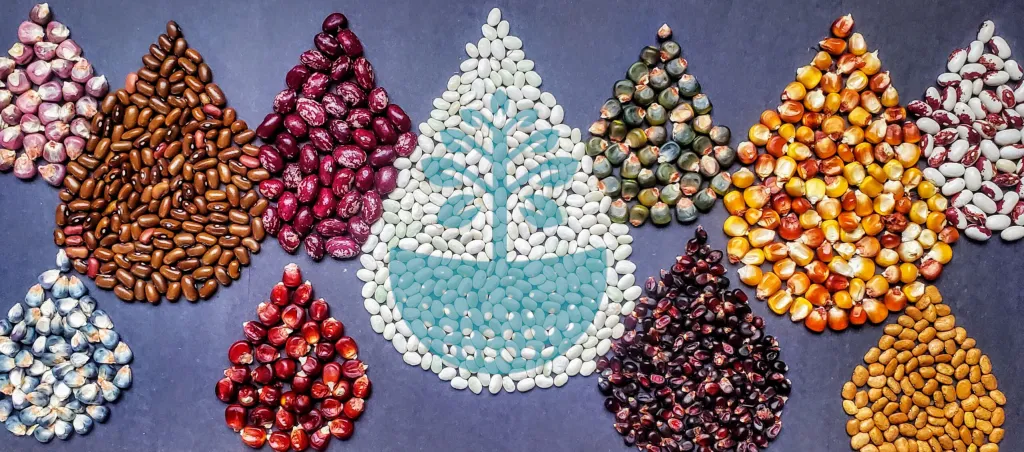Suitable Areas for Dry Farming
This map represents a first attempt to model dry farming suitability throughout the state of Oregon. Using publicly available georeferenced data, we created four map layers, each delineating areas that satisfied minimum criteria for dry farming of warm season vegetables, based on field observations and assumptions:
Areas where all four of these minimum criteria hold true are defined as having High-ranked conditions for dry farming, and areas where 3 or fewer of these criteria hold true are defined as Medium-and Low- ranked conditions for dry farming. Additionally, we disqualified from the ranking those lands that are publically owned and/or forested, as those fall outside of our definition of arable public farmland.
The intention of this map is to start a conversation about where in Oregon dry farming is most feasible, rather than be proscriptive or predictive. Once we achieve a better understanding about the factors that determine dry farming success, through on-the ground collection of data with various crops, then we can create more detailed, accurate, and predictive maps of dry farming suitability, and we can extrapolate this map to other states and regions interested in water resilient farming strategies. Furthermore, we can use these maps to better inform policymakers about the potential for dry farming, such as estimating acreage that could be feasibly dry farmed, and the number of gallons of irrigation water that could otherwise be conserved in waterways and groundwater.
Map by Desiree Braziel
Funded in part by USDA Western SARE
Excluded Goverment Lands Database: Spatial Data Library
